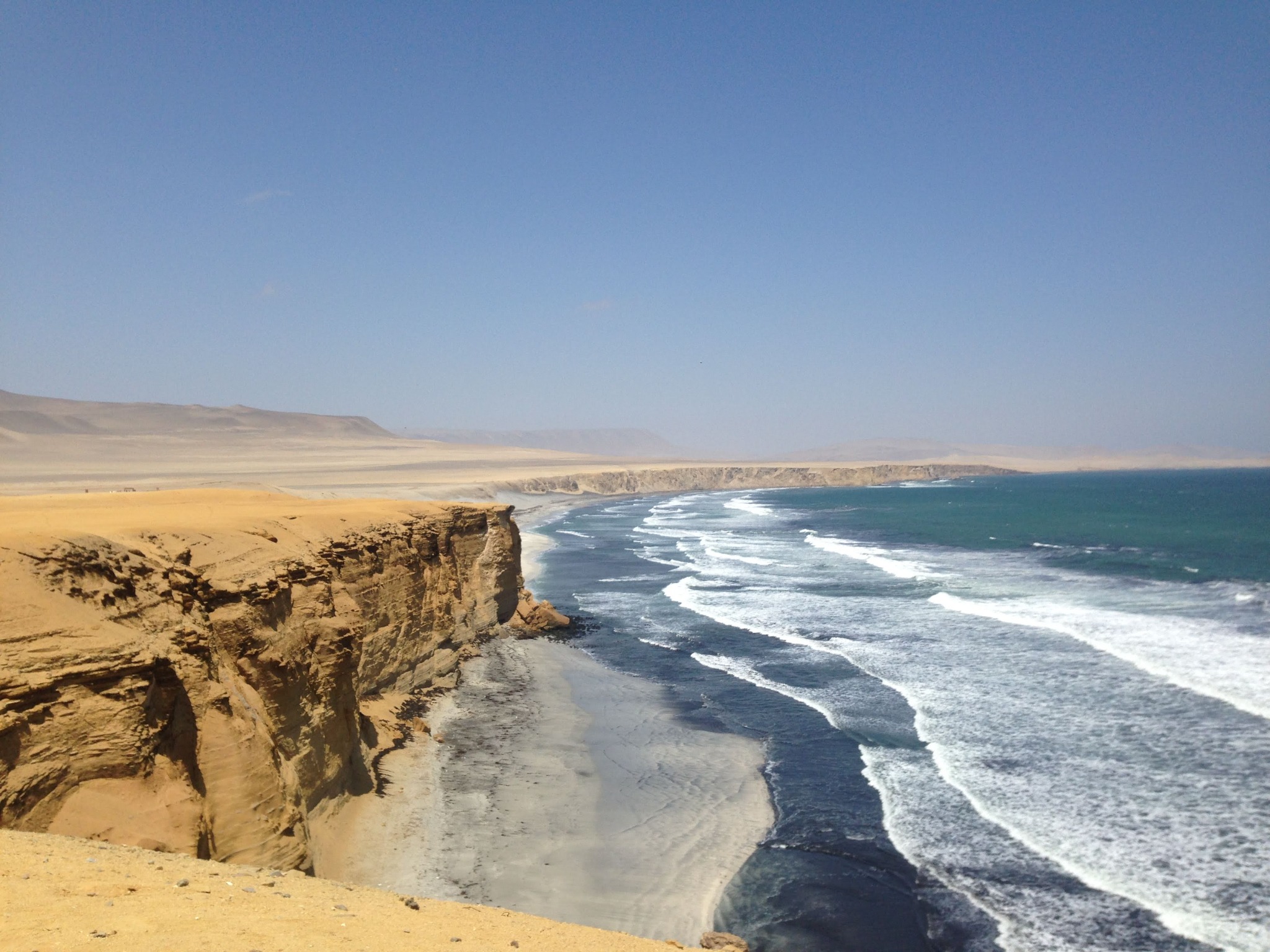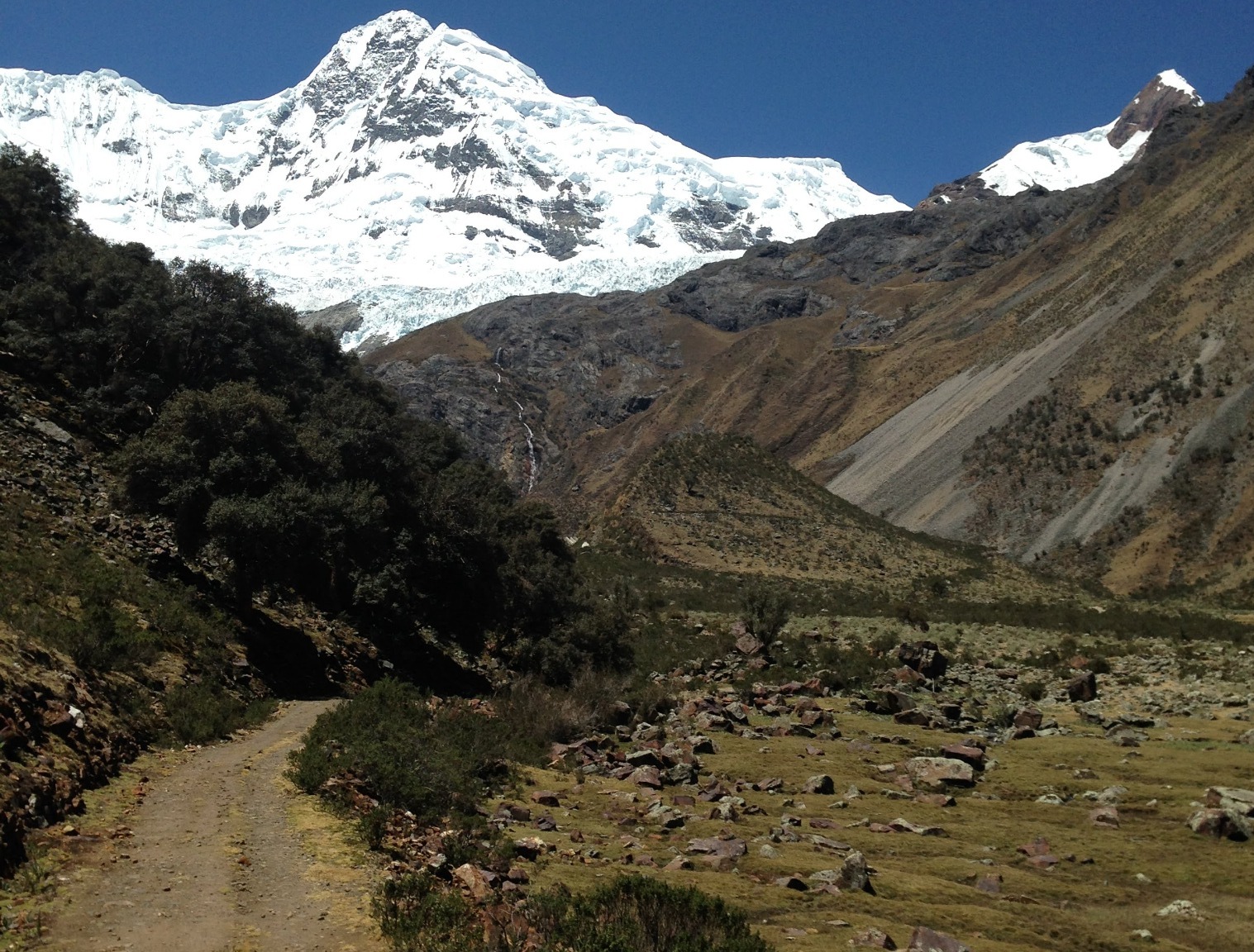Water Trucks and Long Waits to Shower: A Regional Water Crisis
Latin America's water crisis is hitting both the poor and those with means
July 2022
The city of Monterrey, Mexico’s second largest with over five million people, is suffering a severe water shortage. People throughout the city are only able to use water for a few hours a day, often not knowing at what time the water will come. A friend named Miguel, who lives in Monterrey, said in a text on June 30 that “I have been waiting in my towel for over an hour now to take a shower. Who knows when the water will come. All we can do now is pray for rain.”
Rain may be only a temporary solution to a long-term, intractable problem. Monterrey’s region not only has a huge population but a large presence of factories, livestock and agriculture which require significant water supplies. Despite its massive need for water, Monterrey’s geography and climate are poorly suited to provide such water. The climate is arid and rainfall can be inconsistent. In addition, human mismanagement of the environment aggravates water problems. In the region around Monterrey and across Mexico as a whole, there is significant deforestation and overuse of existing water sources, both of which are leading to the current crisis.
Some of the reservoirs that serve Monterrey are nearly out of water. One major reservoir has only two percent of its capacity left while another is at around nine percent. Nationally, 30 percent of Mexicans lack adequate access to water.
Although the crisis in the summer of 2022 in Monterrey is garnering attention, many parts of Mexico have lived without consistent water access for years. In Mexico City and the State of Mexico, which surrounds the city, many people have lived years without consistent running water. Without running water, people depend on water trucks – many of them private – to deliver not only drinking water but water for washing, cleaning and laundry. Many of those privately selling water in the State of Mexico steal their water from government wells and reservoirs which further exacerbates the decline in public water supplies.
Alberto, who lives in Mexico City and whose mother lives in the State of Mexico, shrugs as he talks about the water issues his mother confronts daily. “It is bad and it exacts a price on everyone. A 200 liter tambo (barrel of water) costs 100 pesos (5 dollars). But it has been that way for years.” One hundred pesos is almost two-thirds of the daily minimum wage in Mexico.
Peru is another Latin American country where a significant segment of the population does not have regular access to running water (seven to eight million out of 32 million plus). The country as a whole is rich in water. However, the infrastructure is inadequate to supply the water to the regions that need it. Seventy percent of Peru lives on its urbanized desert coast which has only 1.8 percent of the nation’s water supply. The bulk of the nation’s water supplies are in more lightly populated Andes and Amazon. The infrastructure to transport the water from one side of the country to another is insufficient.

Urbanized Peruvians without access to running water must carry it in buckets from neighborhoods with running water, often up steep inclines. Others wait for water trucks, similar to those that service Alberto’s mother’s neighborhood in the State of Mexico. They also pay many times more for water than those with stable water connections.
Throughout not only Peru but Latin America as a whole, the hills and peripheries within urban areas are where public services are most precarious. Hills are also the hardest places to build basic infrastructure. These hills and peripheries are often the areas settled informally, without right to land titles, by migrants from the countryside. It is as if a lack of a land title means you do not exist on the government’s map and thus do not deserve services. Or you simply live too far away from the city center in a geographically difficult area that makes infrastructure development not worth the cost for the government. Ignoring the poor is often easy for the government.

Corruption is a major reason why the economically marginal are ignored in water-poor areas. Significant chunks of public works budgets are siphoned off. Moreover, the poor living in areas without services are those most unable to bribe a government official to build hydro infrastructure. In addition, many in the government benefit from a lack of water infrastructure. According to Alberto, in the State of Mexico many in the local government also receive kickbacks from the water trucks for allowing access to neighborhoods. With running water there would be no more water trucks and no bribes.
Water issues caused in part by corruption and poor infrastructure are exacerbated by desert climates like on the Peruvian coast and the Monterrey area that are not suited for mass urbanization. There is less room for error in these places, and there are lots of errors. However, Latin America’s water access problem is worsening even in places historically with more room for error. Countries that have historically had some of the world’s greatest water reserves, like Brazil and Colombia, are seeing significant reductions in their water supplies due to deforestation, mining and overuse of water by industries like animal husbandry and agriculture. Climate change is also a significant factor in lower and less consistent rainfall.
The problem should not be seen as simply local, however. Many of the trees felled from the Brazilian and Colombian forests are exported to developed economies and the cattle raised on this deforested land exported as meat to the same nations. Many of the water-consuming factories in Monterrey exist to produce and export to the United States, a few short hours away by truck. In a sense, the relative lack of water issues in the United States and Europe is due in part to the fact that so much of what is consumed in these wealthy regions is produced elsewhere. Moreover, these wealthy regions are major emitters of greenhouse gasses which, in turn, warm the planet and further worsens the water crisis in Latin American nations.
The mass urbanization of Latin America the last few decades is also a factor in the water crisis. The concentration of huge numbers of people in one area – especially in an area like Lima or Monterrey that is arid – inevitably strains regional water infrastructure. If more people are spread throughout a nation, working in more sparsely populated agricultural areas that also presumably have better access to water (agriculture needs water, and without advanced irrigation needs local water sources), there will be fewer cities with overburdened water supplies.
The reasons for the urbanization of Latin America are multifold. U.S. demand for products made in the Monterrey region is one impulse (as discussed above). Additionally, there are fewer jobs in agriculture worldwide due to technological and scientific innovations in the field leaving the city as the only option for many. And in Mexico, cheap U.S. agricultural imports as part of NAFTA also have made farming uneconomical for many, forcing them to migrate to cities. The first and third points show again the connection between the developed, rich world and the worsening water crisis in Latin America.
The scary part of the worsening water crisis in Latin America is it has the potential to reverse recent quality of life gains in the region. For all its persistent problems, the region has seen significant quality of life gains in recent decades (despite recent increases in relative poverty levels, due in large part to the economic crisis from Covid-19). Without consistent water, working, studying and simply enjoying life become much harder. Time is spent transporting water and more money is spent procuring it (in a region with low minimum wages).

What stands out in the current water crisis in Monterrey is that it impacts everyone, not just the poor who often shoulder the worst of environmental crises (and, to be clear, are still the most impacted by water crises). Miguel, my friend in Monterrey waiting for his shower, is an engineer making four times Mexico’s minimum wage who owns his apartment with a legal title. The middle and upper classes in Monterrey are facing the realization that the comfort of their old life may be gone forever. It will be a realization faced shortly by more throughout Latin America and perhaps even North Americans and Europeans as the consequences of our environmentally destructive way of life will become harder to contain in the Global South.
